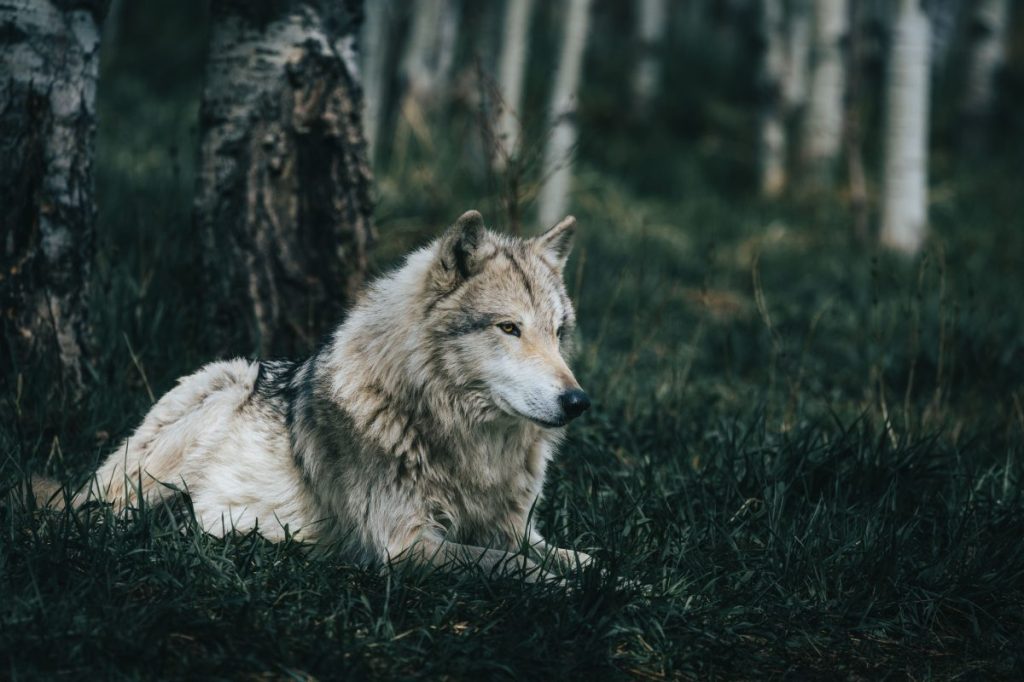A recent story by Newsweek warned residents of Sebastopol, California, about an escaped yellow-eyed wolf hybrid named Shadow. The wolfdog was missing for five days after fleeing from his home in nearby Santa Rosa. Fortunately, the two-year-old canine was captured by the authorities and returned to his owner, according to SFGate.
Search for wolf-dog hybrid comes to an end
North Bay Animal Services’ executive director, Mark Scott, received multiple reports about a canine described as “twice the size of a [H]usky.” Working with animal control officer Emily Crumm and Sebastopol police, the authorities were able to locate the hybrid. In order to guide him away from the center divide of Highway 12, they set up a traffic barrier, encouraging him toward Merced Avenue.
“Unfortunately, there was a huge field nearby with 280 acres of land, so we were out there until around 9 or 10 o’clock at night trying to get him to go toward the owner’s other dogs,” Scott explained. He mentioned that Shadow is friendly with other animals and wasn’t showing any signs of aggression. “He was too much in flight mode.” Continuing, Scott said, “it was rainy and dark so we decided to let him stay where he was and try again [the next] morning.”
When the group returned the following day, they spotted the hybrid “wandering through the grass…hundreds of yards away.” After half an hour, animal control agents were able to coax the wolf-dog in the direction of “the two [H]uskies he lives with.”
Wolf hybrid popularity raises concerns
Reporting from The Mercury News sheds light on how the incident with Shadow raises concerns about whether owners are fit to take care of these breeds. After all, their popularity has risen significantly in the United States. In fact, according to estimates from the W.O.L.F. Sanctuary, there are approximately 250,000 to 500,000 wolves and wolf-dog hybrids living in homes across the country.
The demands of caring for wolf-dog hybrid breeds extend beyond navigating their escape prowess. Wolf hybrids need a large space to roam. Experts recommend owners provide a minimum of a half-acre of land with a secure fence around the property for these animals. Moreover, the hybrid’s high prey drive can pose a threat to small animals like cats and chickens. Therefore, it’s important that wolf hybrids don’t have easy access to these other pets.
Nevertheless, the reality is that many new owners find themselves ill-prepared for the physical and social requirements of these wolf-dog hybrids. Tragically, a significant number end up confined to small cages or chained. Startling statistics reveal that “90% of pet wolfdogs are euthanized by age two” in California. This sobering fact highlights the critical need for education among those interested in these unique pets.





